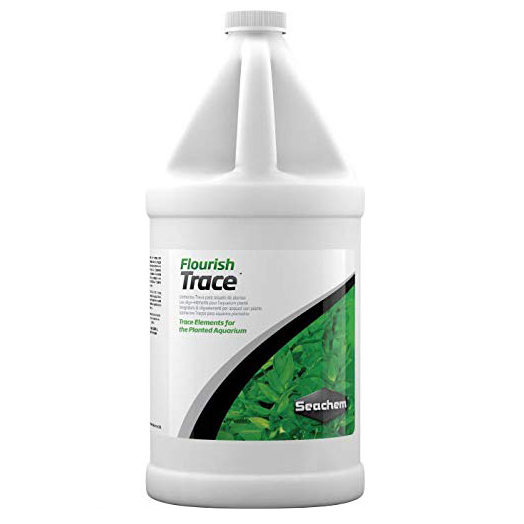

But if you have a tank that uses skimmers, chemical filtration, or has a high bio-load from macroalgae, coralline algae, crustaceans, or soft corals, it may be worth considering very careful, regular dosing, as these can all deplete iodine levels in your aquarium.

Many coral species use up iodine in the tank too - gorgonias, xenias, and sponges for instance.įor most, particularly those keeping fish only tanks or FOWLR tanks, regular water changes will keep your iodine levels exactly where they need to be.

Furthermore, iodine is important for crustaceans, like shrimp, for the molting process. Various algae, including macroalgae species, use iodine. However, it's also necessary to many species that are often found in these same aquariums. It has strong antibacterial properties and can kill off the bacteria that is so vital to keeping a healthy saltwater aquarium. Too high of levels can be dangerous to the tank. There is a lot of controversy surrounding whether or not dosing your tank for iodine is useful and/or necessary. Due to the fact that iodine is found in water in 3 different forms (iodine, iodate, and iodide), testing for it can be tricky, but you can count on natural seawater having levels between. It's one of the elements in the halogen group, along with chlorine and bromine. Iodine is only one of the trace elements you will find in your water, but it plays a critical role in some of the biological processes of fish, invertebrates, and corals alike.


 0 kommentar(er)
0 kommentar(er)
